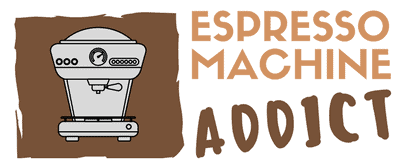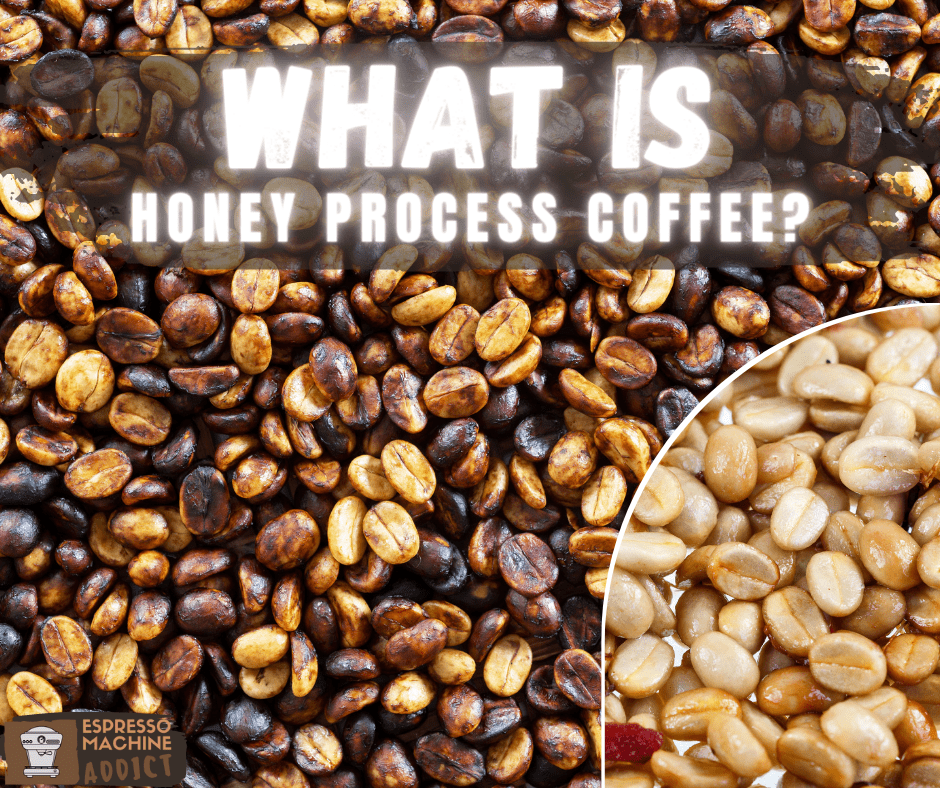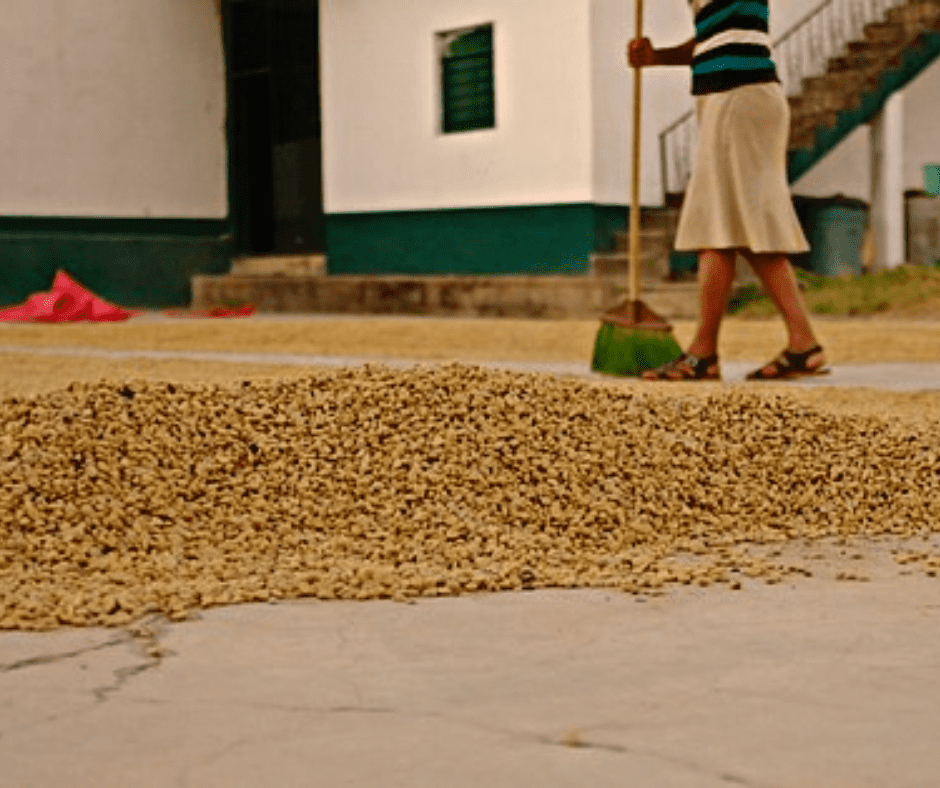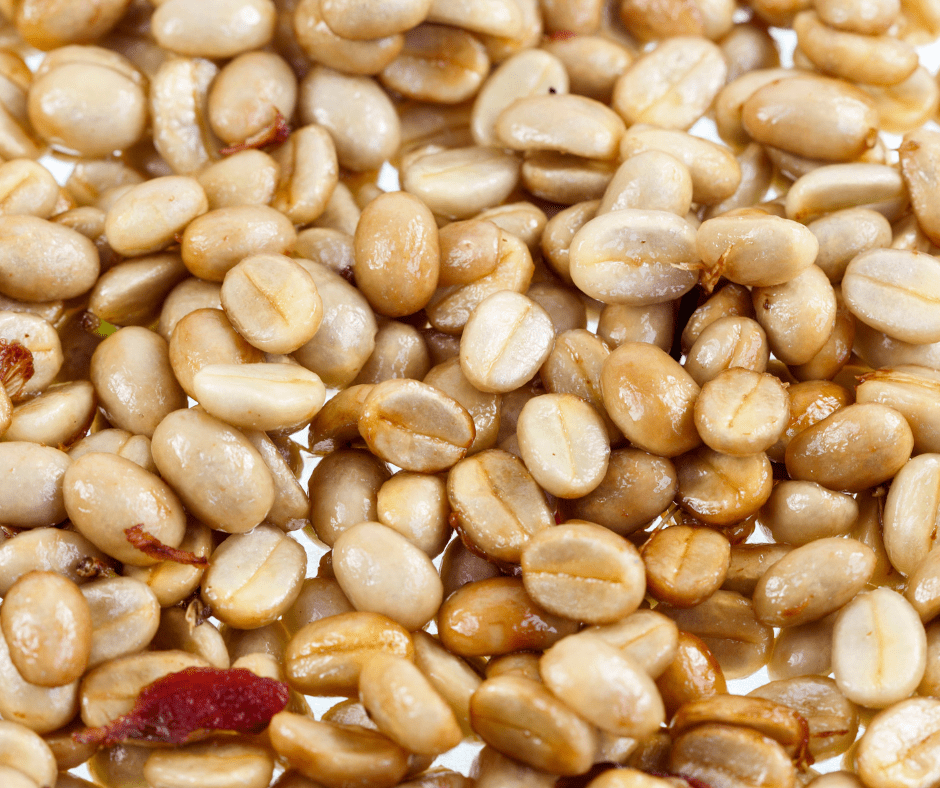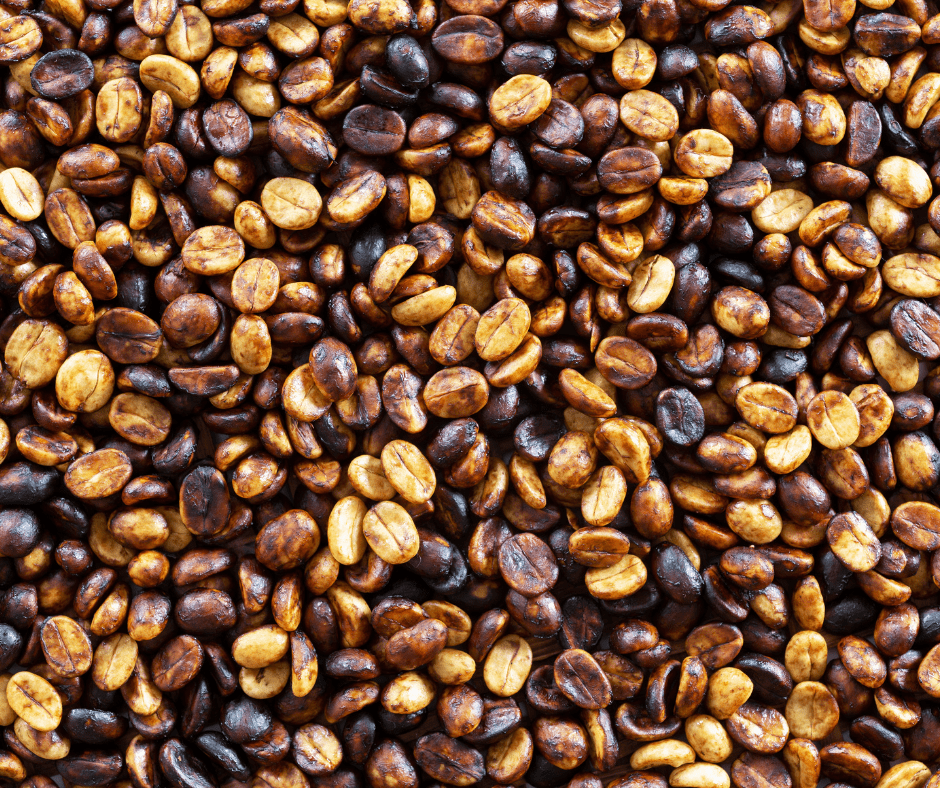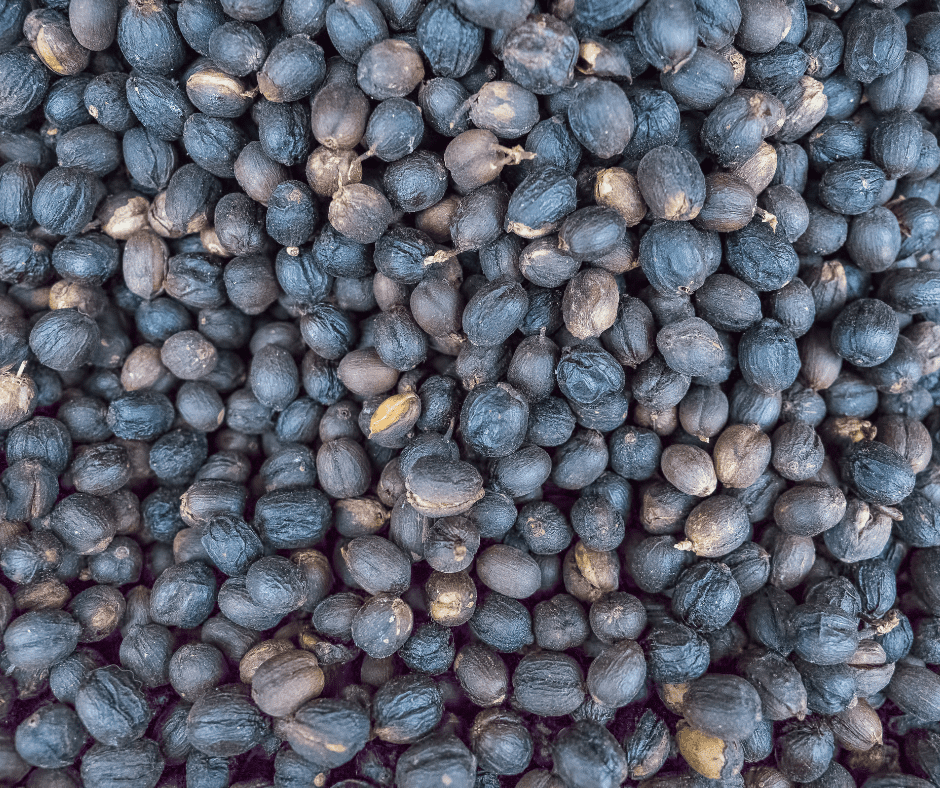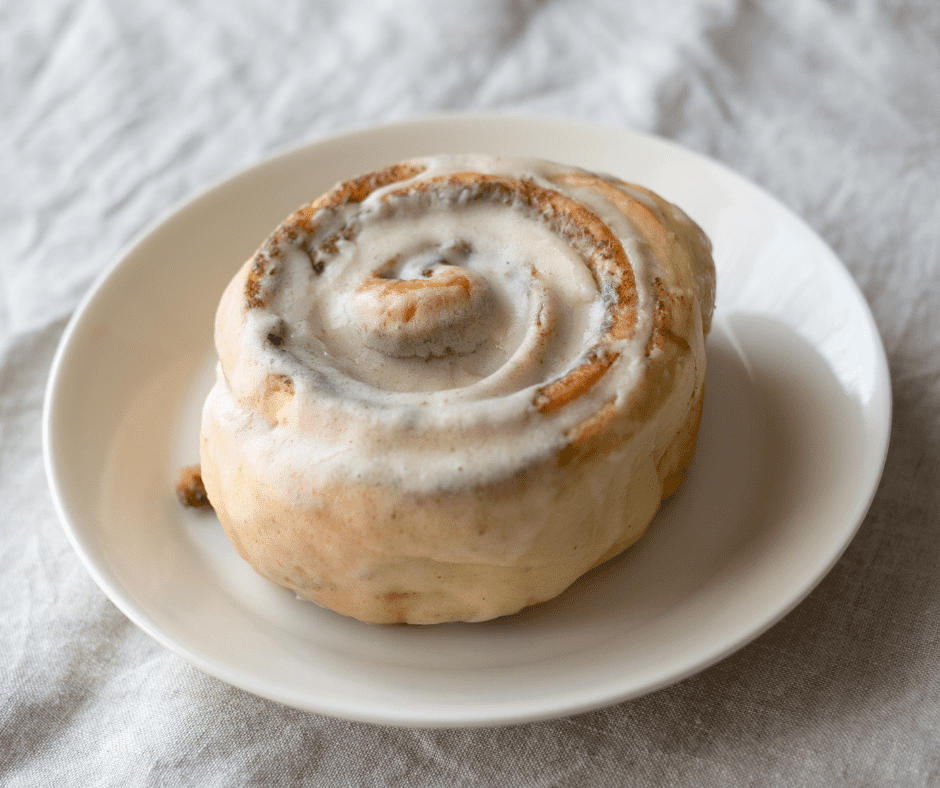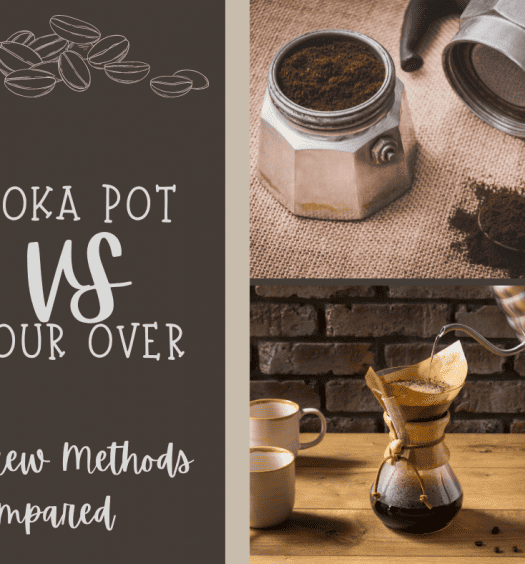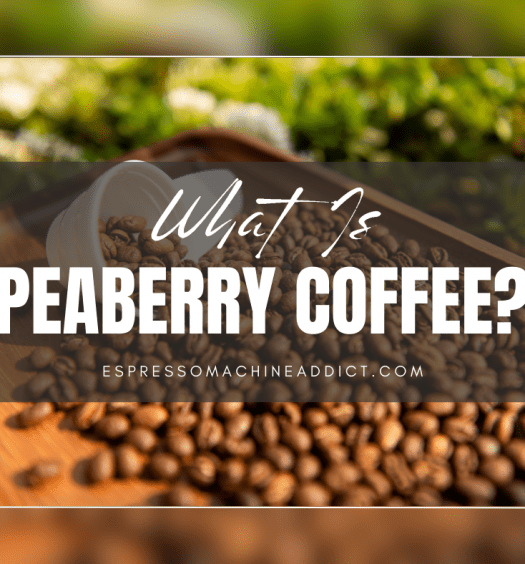Saying that the world of coffee is vast is a massive understatement. There are slews of different types of beans, a wide array of roasting techniques, and more flavors than a person could count. Usually, the coffee selection at a grocery store doesn’t showcase the best of what’s available, particularly when it comes to emerging natural coffee trends like honey-processed coffee.
Honey-processed coffee is taking the coffee world by storm, and with good reason. Regretfully, not everyone has experienced this delectable coffee experience firsthand. If you’re curious about honey-processed coffees, here’s a look at what they are, how they differ from other coffee and espresso beans, and the benefits this natural processing approach provides.
What Is Honey Processed Coffee?
Technically, coffee is a fruit, so it needs processing before it heads to a roaster. Honey-processed coffee uses techniques that originated in Costa Rica, a part of the world known for eco-friendliness.
While the name suggests that honey is used during processing, that isn’t the case. Instead, the honey reference is a nod to the mucilage, a natural adhesive material on the exterior of seeds, like coffee beans, when they’re within the fruit. Honey-processed coffee doesn’t remove the mucilage, leaving the surface of the coffee beans slightly sticky, not unlike the feel of honey.
In the end, honey-processed coffee undergoes preparation steps that involve less water and fermentation than water processed coffees. However, they are subject to more preparation than natural coffees, creating a sort of happy medium.
How Honey Processing Works
Honey processing is a multi-step process that doesn’t rely on water or intentional fermentation to prepare the beans. First, coffee cherries are picked. Next, the outer skin and fruit are removed manually, leaving some mucilage and the coffee beans.
At that point, the drying process begins. The exact technique for drying may vary from one processor to the next, with some using drying patios or beds. How long it’s left to dry also isn’t always consistent.
While honey processing doesn’t involve forced fermentation, some naturally occurs due to the remaining mucilage. That makes them less acidic than many washed or natural coffees, resulting in a smoother, gentler flavor.
After preparation, honey process coffee does undergo roasting, though the approach differs from what you find with washed coffees. Generally, roasters favor a slower approach to ensure they preserve the natural sweetness, allowing them to effectively caramelize the outer shell of dried mucilage to increase the complexity of the coffee.
How Does Honey Coffee Taste?
As previously mentioned, honey coffee is less acidic than most alternatives, giving it a smoother flavor. Additionally, it has a sweeter, fruitier flavor than coffees that undergo washing. The resulting taste profile is surprisingly complex, and the natural sweetness is another reason honey coffee earned its moniker.
Many people consider honey-processed coffee a mid-point between washed and natural coffees. While it’s less acidic than either, it is sweeter and fruitier than washed coffees while being less sweet and fruity than natural. As a result, you can find a version of honey-processed coffee that strikes a balance between the two.
Types of Honey-Processed Coffee
While honey-processed coffee largely undergoes the same procedures to prepare it for roasting, there are different versions. Yellow honey coffee is exposed to far more light, accelerating the drying times. Plus, it usually has the least amount of mucilage remaining on the beans.
Red honey coffee takes longer to dry since it’s usually dried in the shade, resulting in a different color on the beans. It falls in the middle when it comes to the remaining mucilage.
Black honey coffee is shielded from light, leading to the longest drying times and darker coloring. It also includes the most mucilage, giving it more sweetness.
Generally, black honey coffee costs the most since it’s the harder of the drying methods. Longer drying times increase the risk of production issues like molding, requiring more monitoring and carefully controlled conditions. Yellow honey coffee is the least expensive version since it dries quickly, while red honey coffee falls in the middle.
How Honey Processed Coffees Differ from Other Methods
Several coffee processing methods are widely used, with washed and natural coffees being the most common alternatives to honey processed. Here’s a look at how honey-processed coffees differ from the others.
Honey Process Coffee vs. Washed Process Coffee
Overall, washed coffee undergoes wet processing, requiring water to clean the beans before drying. With the washing process involved with washed coffee, the pulp, fruit, and mucilage are removed mechanically from the coffee cherry, which is referred to as depulping. The remaining coffee beans are then placed in tanks for washing and fermenting. After that, the beans are dried.
With honey process coffee, the mucilage isn’t removed. Additionally, there’s no washing or fermenting before drying. Instead, it’s dried with the mucilage intact.
As mentioned above, honey-processed coffee is roasted slower to promote caramelization and capture sweetness. Faster roasting works for washed-process coffee since caramelization isn’t a concern.
Honey Processed vs. Natural Processed Coffee
With natural process coffee, the coffee is placed in the sun to dry without removing the coffee cherry. Essentially, pulp natural coffees don’t undergo depulping, and no skin, fruit, or mucilage is removed before drying, leaving the coffee cherry largely intact.
The honey process removes the skin and fruit from the cherry, but a thin, sticky layer of mucilage remains in place. Then, the beans are dried before undergoing further steps, such as roasting, grinding, and packaging.
When it comes to roasting, both natural and honey-processed coffees are usually roasted slowly. Again, that promotes caramelization, ensuring the natural sweetness of both coffees is properly preserved.
The Benefits of Honey-Processed Coffee
There are several benefits of using the honey processing approach with coffee beans. First, it can lead to complex flavors and a natural sweetness and fruitiness you don’t get with washed coffee. The remaining mucilage makes a significant difference, leading to a highly unique coffee experience.
Second, while natural process coffee is also inherently sweet and complex, that process carries the most risk of issues like mold. As a result, you can turn to honey-processed coffee for a similar flavor profile at a lower cost than many natural coffees.
Honey process coffees are also far more eco-friendly than washed coffees. Honey processing doesn’t rely on water, saving a critical resource. Plus, there’s less bitterness since the fermentation is lighter, which many people prefer from a taste perspective.
Where to Buy Honey Processed Coffees
Generally, you won’t find honey processed coffees at your local grocery store, as there isn’t enough demand to support them. Instead, you’re usually better off connecting with specialty roasters, either locally or with those that have online sales.
If you’re shopping online, read the descriptions carefully. Not all coffee flavors with “honey” in the name are honey processed. Instead, it may simply note a slightly sweeter flavor profile or the addition of flavorings, either natural or artificial.
In most cases, you want to ensure that the packaging and description explicitly state that the beans underwent honey processing, like Bean & Bean. If you have doubts, check other brands until you find a suitable option.
How to Brew Honey Process Coffees
Generally, you can brew honey-processed coffees using any method you prefer. If you prefer a rich, full-bodied coffee-drinking experience, you might want to use a French press. It takes extra effort compared to some alternatives, but the result makes it potentially worthwhile. However, if speed is essential, you can use a drip coffee maker instead.
Just understand that brewing times and temperatures may need adjustments compared to the coffee you usually drink. Honey process coffee has a unique flavor profile and complexity, so what works well for the coffee you typically buy isn’t always a perfect match. If your brewing process allows it, don’t be afraid to make changes as needed to get your ideal cup.
What to Pair with Honey Process Coffee
If you want to ensure that your meal helps you enjoy the best of what honey process coffees offer, you traditionally want to pair them with sweeter breakfast items. Pastries like coffee cakes, scones, and muffins are solid starting points. They also work well with pancakes or French toast.
For people who prefer heartier fare – such as bacon and eggs – it’s critical to understand that the sweetness and fruitiness of honey process coffee act as a counterpoint to traditionally saltier foods. For some, this is a delight. For others, the transition between the flavors is a bit intense.
Ultimately, let your palette be your guide when choosing foods to pair with honey-processed coffee. If you aren’t sure, start by exploring honey-processed coffees on their own, allowing you to explore their nuances before worrying about pairings. That way, you understand the flavor profile in-depth, making it easier to choose dishes that work best for you.
